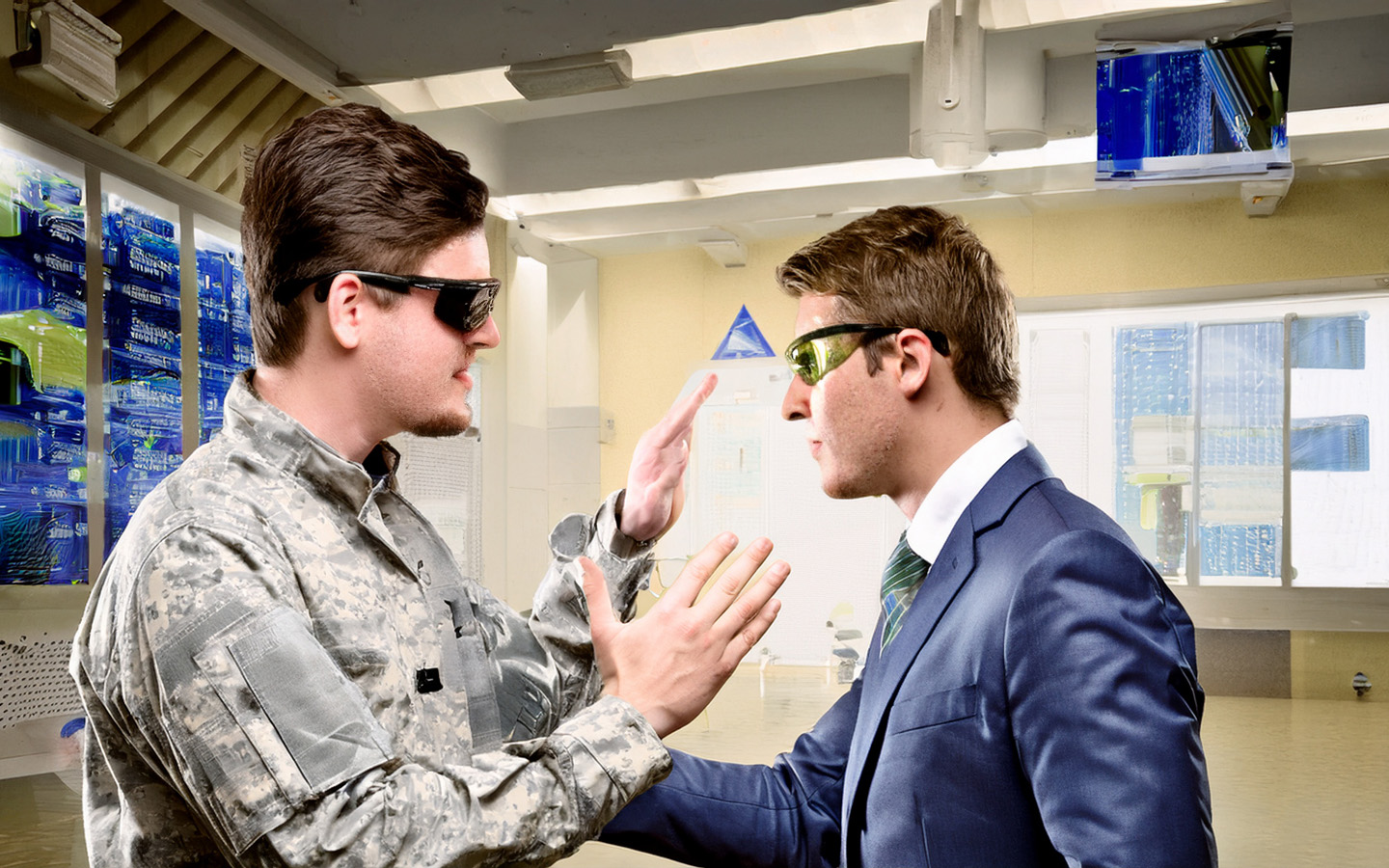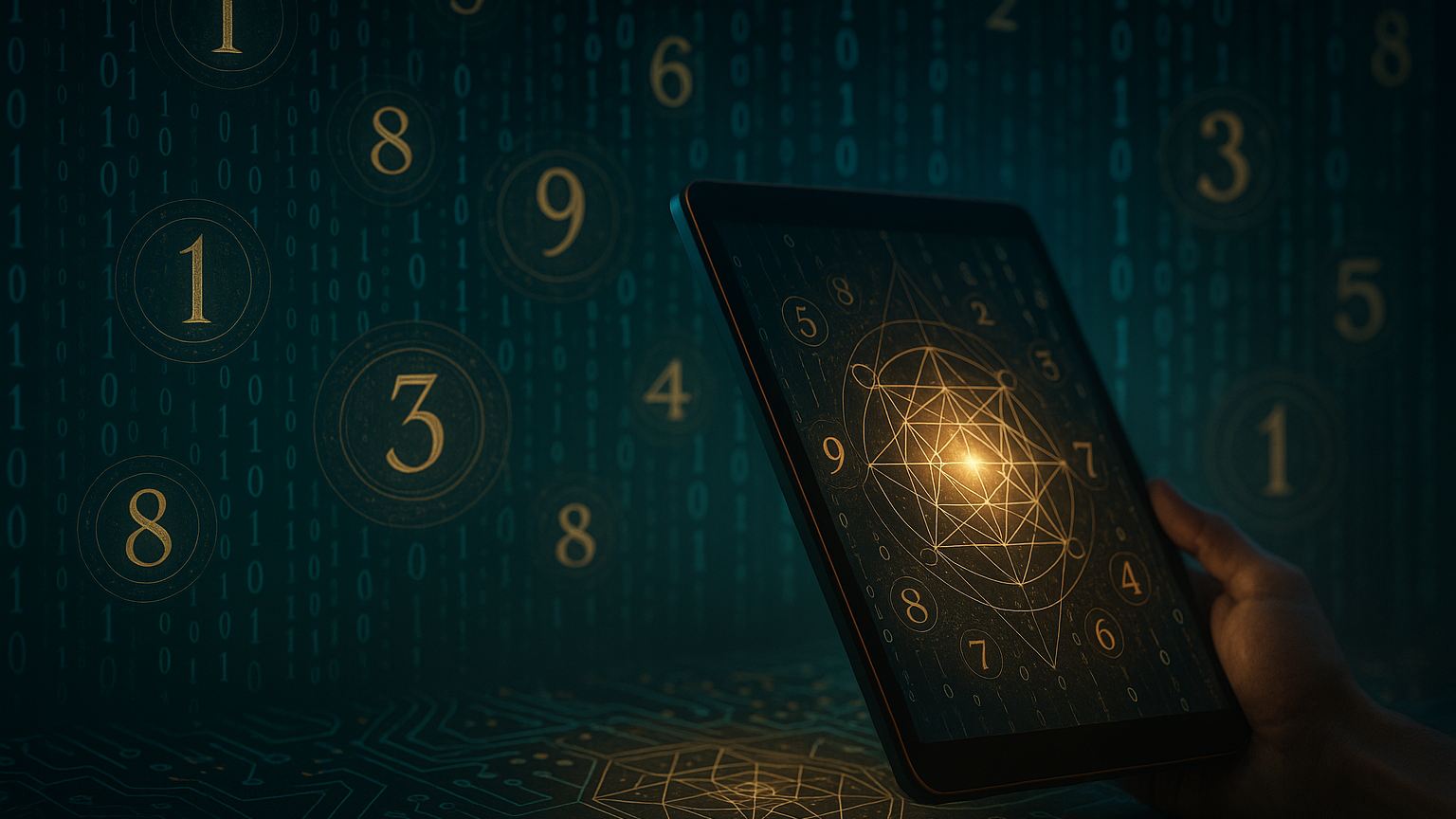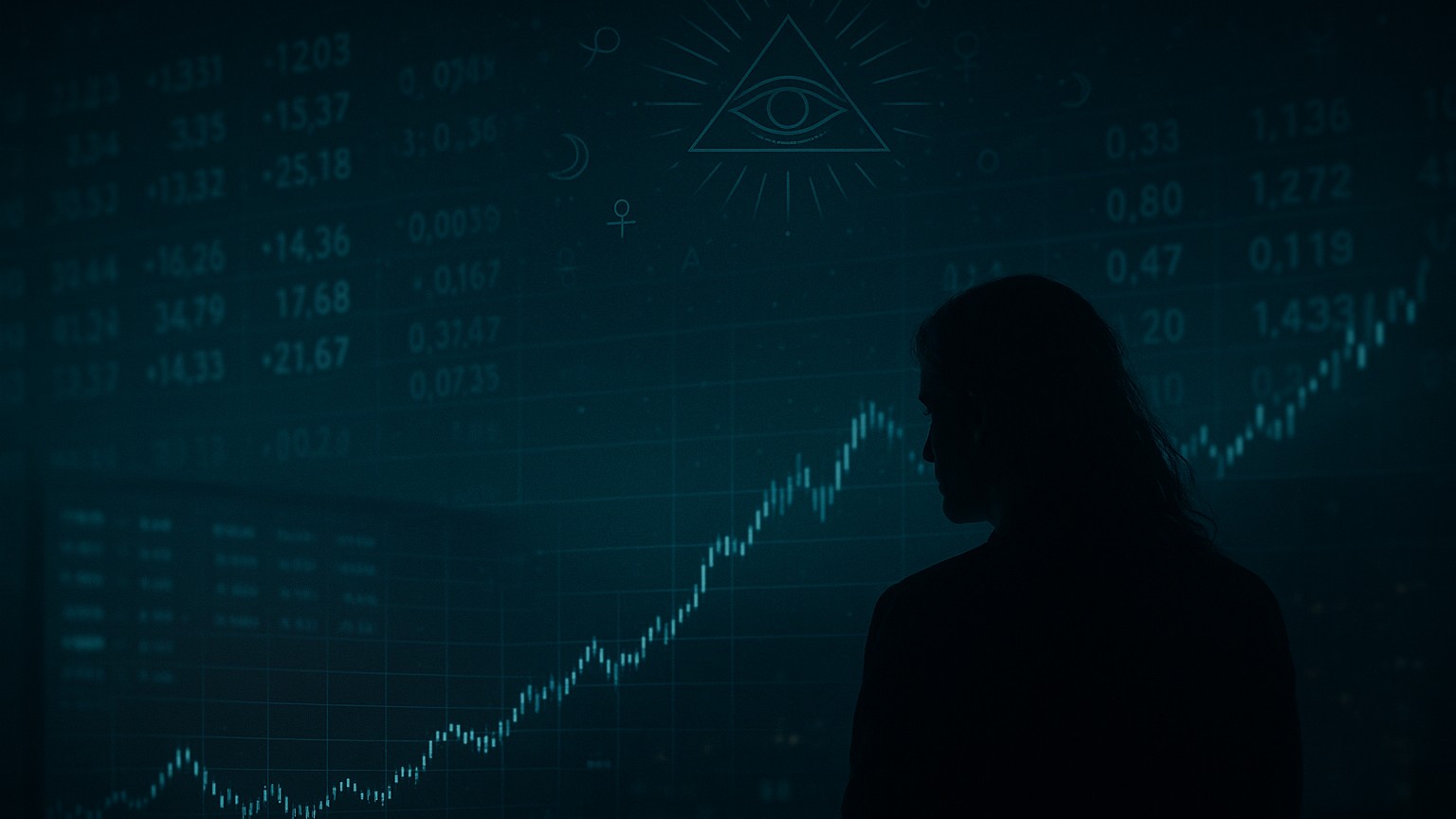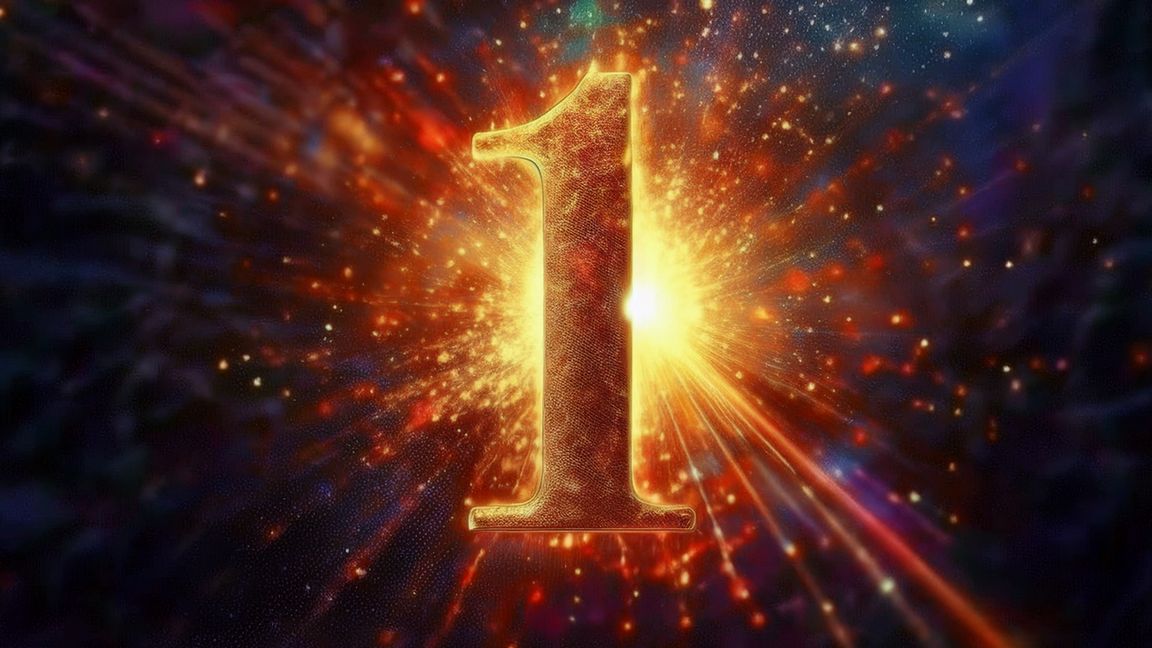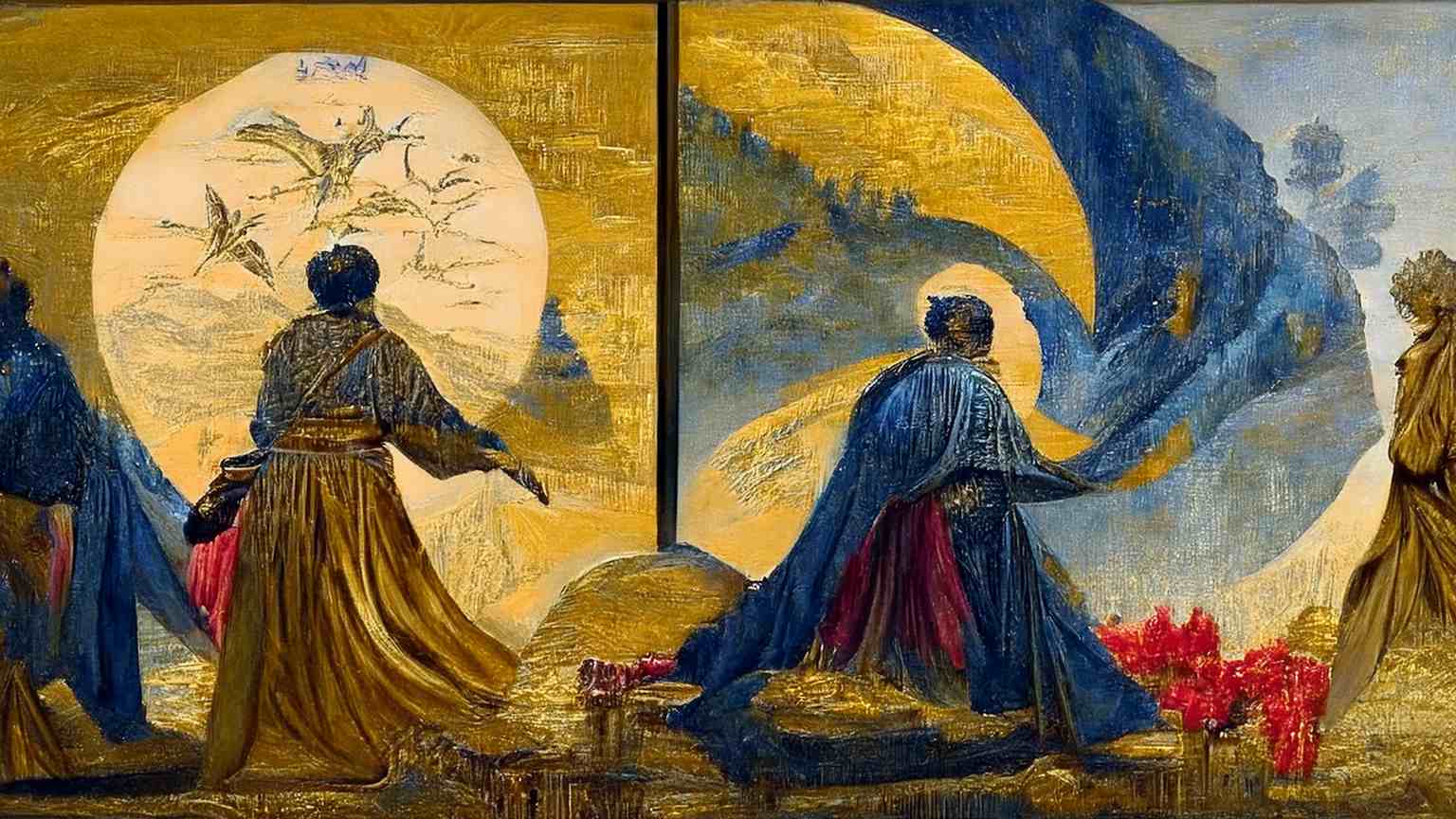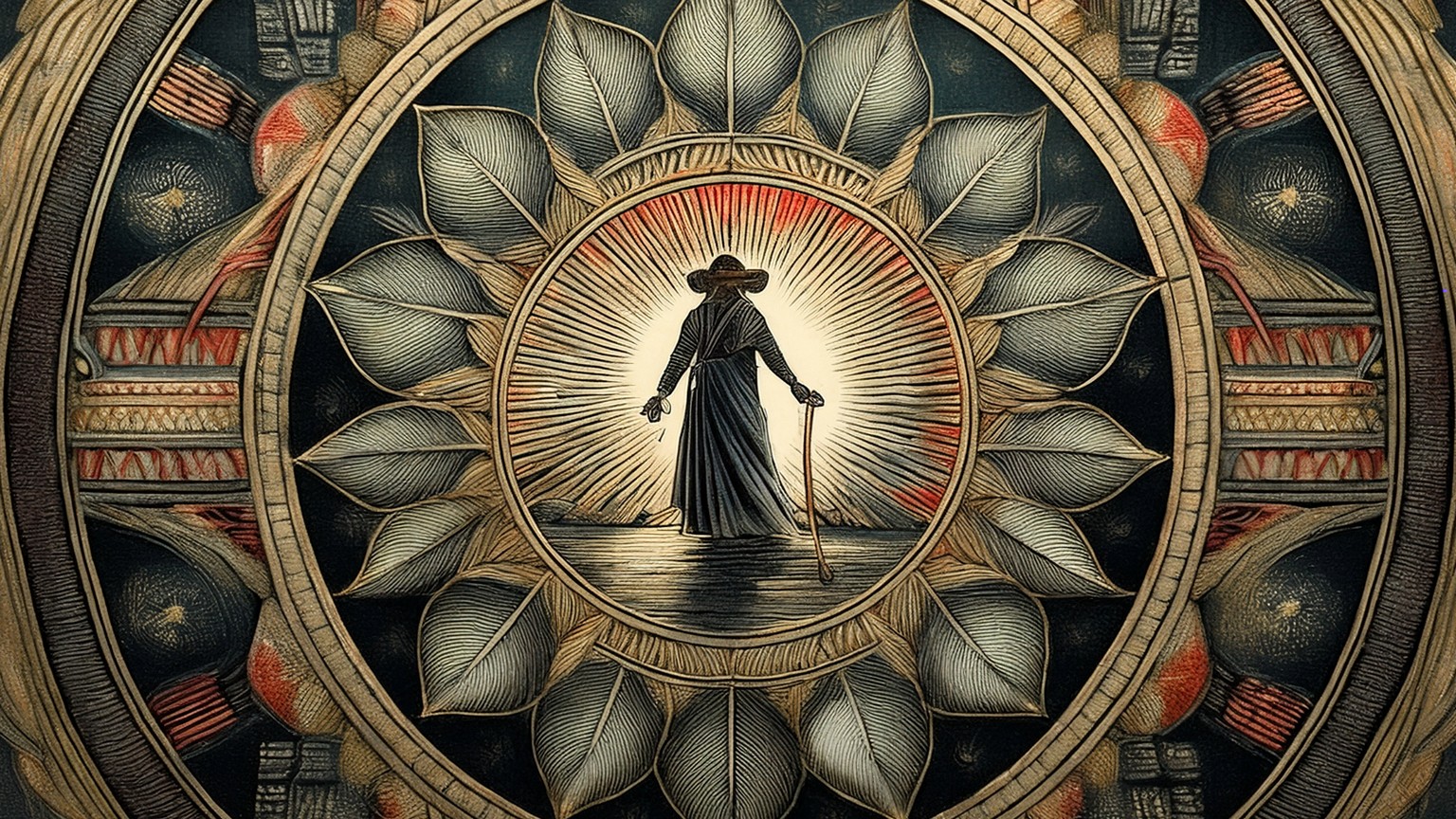Imagine a secret military program where soldiers don’t carry guns, but instead sit in dark rooms, close their eyes, and see across continents.
Sounds like the plot of a sci-fi B-movie from the ‘70s, right?
Add a pinch of Cold War paranoia, a dash of government funding, and a cast of unlikely psychics, and you’ve got one of the most bizarre (and true) chapters in U.S. military history: the age of psychic remote viewers.
Yes, this really happened.
Remote Viewing 101 – ESP Goes to War
Remote viewing is a fancy term for what your great-aunt Doris might call “second sight.”
It’s the alleged ability to perceive people, objects, or events far removed in space or time, without the use of the traditional five senses. Something like ‘mind-powered satellite imagery’.
And during the 1970s, Uncle Sam was all in on it.
The CIA, the Defense Intelligence Agency (DIA), and even Army Intelligence poured millions into a top-secret psychic spy program under various names, Project Stargate being the most famous (and no, it didn’t involve wormholes or Richard Dean Anderson).
Why?
Because the Soviets were rumoured to be doing the exact same thing.
In classic Cold War fashion, the U.S. couldn’t risk being out-psychic’d.
Enter the Weirdos (and We Say That Lovingly)
These weren’t your average GI Joes. The men (and a few women) of Stargate were an oddball bunch… part intelligence officer, part New Age mystic, and part lab rat.
There was Ingo Swann, an artist-turned-psychic from Telluride, Colorado, who could allegedly remote view Jupiter before NASA’s probes got there (and got details right).
Then came Pat Price, a former police commissioner who once claimed to see inside Soviet missile silos using only his mind (and maybe a cup of Folgers).
And let’s not forget Joe McMoneagle, who, while tranced out in a padded room at Fort Meade, supposedly pinpointed hidden submarines and enemy outposts with spooky precision.
They weren’t wearing tinfoil hats, but they were definitely marching to the beat of a different clairvoyant drum.
Spies with ESP
So what did these psychic spies actually do?
According to now-declassified documents, remote viewers were tasked with all kinds of wild missions.
Tracking down kidnapped generals. Locating terrorist hideouts. Peeking into North Korean bunkers. Reading Soviet mind experiments. You name it.
In one 1981 operation, a remote viewer named “Viewer 079” was asked to locate a downed Soviet bomber somewhere in Africa.
Without knowing anything about the plane, he allegedly sketched the crash site, described the terrain, and helped narrow the search for reconnaissance aircraft.
The brass was impressed. Or at least, intrigued enough to keep cutting checks.
Another viewer described an underground structure in the Urals that resembled a weapons lab. Years later, satellite images confirmed something very similar. Coincidence? Or clairvoyance?
Let’s just say the Pentagon was willing to believe—just in case.
Things Get… Stranger
If you thought the military had no sense of humor, wait until you hear this: the program’s nickname among insiders was “The Grill Flame Project.”
Yes, really.
And while some sessions resembled a psychic version of Google Earth, others got way weirder. Some remote viewers claimed to access alien bases on Mars. Others insisted they could “project” themselves into the past. One guy tried to psychically communicate with an octopus.
You can’t make this stuff up.
Okay, maybe you could. But the government took it seriously. For about 20 years.
So… Did It Work?
That’s the million-dollar question. Or, more accurately, the $20 million question which was the approximate amount spent on these psychic programs over two decades.
The answer? It’s complicated.
Some say remote viewing had undeniable successes.
The CIA reported that remote viewers yielded “actionable intelligence” in several instances, though not always reliably. Joe McMoneagle was even awarded the Legion of Merit for his work.
Others dismissed it all as wishful thinking with a government paycheck.
The final report from the American Institutes for Research in 1995 claimed there was some statistically significant evidence, but not enough to justify continued funding.
In other words: thanks, but no thanks.
The program was quietly shut down. Files were declassified. The viewers were retired or moved on to book deals and TED Talks.
From Secret Files to Hollywood
Naturally, Hollywood got wind of all this and went wild.
The 2009 film “The Men Who Stare at Goats” starring George Clooney, based on journalist Jon Ronson’s book, brought the story to mainstream audiences. It was complete with exploding livestock, psychic warriors, and questionable facial hair.
It was ridiculous.
And yet… not as far off as you might think.
Why Boomers and Gen X Should Care
Here’s the kicker: if you grew up in the ‘60s, ‘70s, or ‘80s, this happened on your watch.
While you were tuning into “Mork & Mindy” or getting your first Sony Walkman, the government was literally trying to teach soldiers to bend spoons with their minds.
It’s the kind of real-life conspiracy that makes you question everything. And let’s be honest…after surviving Cold War drills, disco, and New Coke, a psychic spy program feels weirdly on-brand.
Plus, there’s a delicious irony in knowing that the same military that invented stealth bombers also paid people to think really hard about what was behind enemy lines.
The Legacy Lives On
Even though the military officially bailed on remote viewing, interest in the paranormal world of intelligence never really died.
Private groups still teach it. Some ex-Stargate members give workshops (for a fee, of course). The CIA occasionally dumps batches of remote-viewing files online, and every time, conspiracy theorists and Reddit sleuths have a field day.
Is it real? Is it nonsense? Could you be a remote viewer?
Well, maybe.
Just don’t quit your day job to stare at goats. Not yet, anyway.
Final Thoughts
Psychic soldiers, astral spies, Cold War paranoia, and mind-bending missions…the story of military remote viewers is one of the strangest corners of U.S. defense history. It’s equal parts sci-fi, comedy, and genuine mystery.
And if nothing else, it proves one thing: truth really is stranger than fiction.


